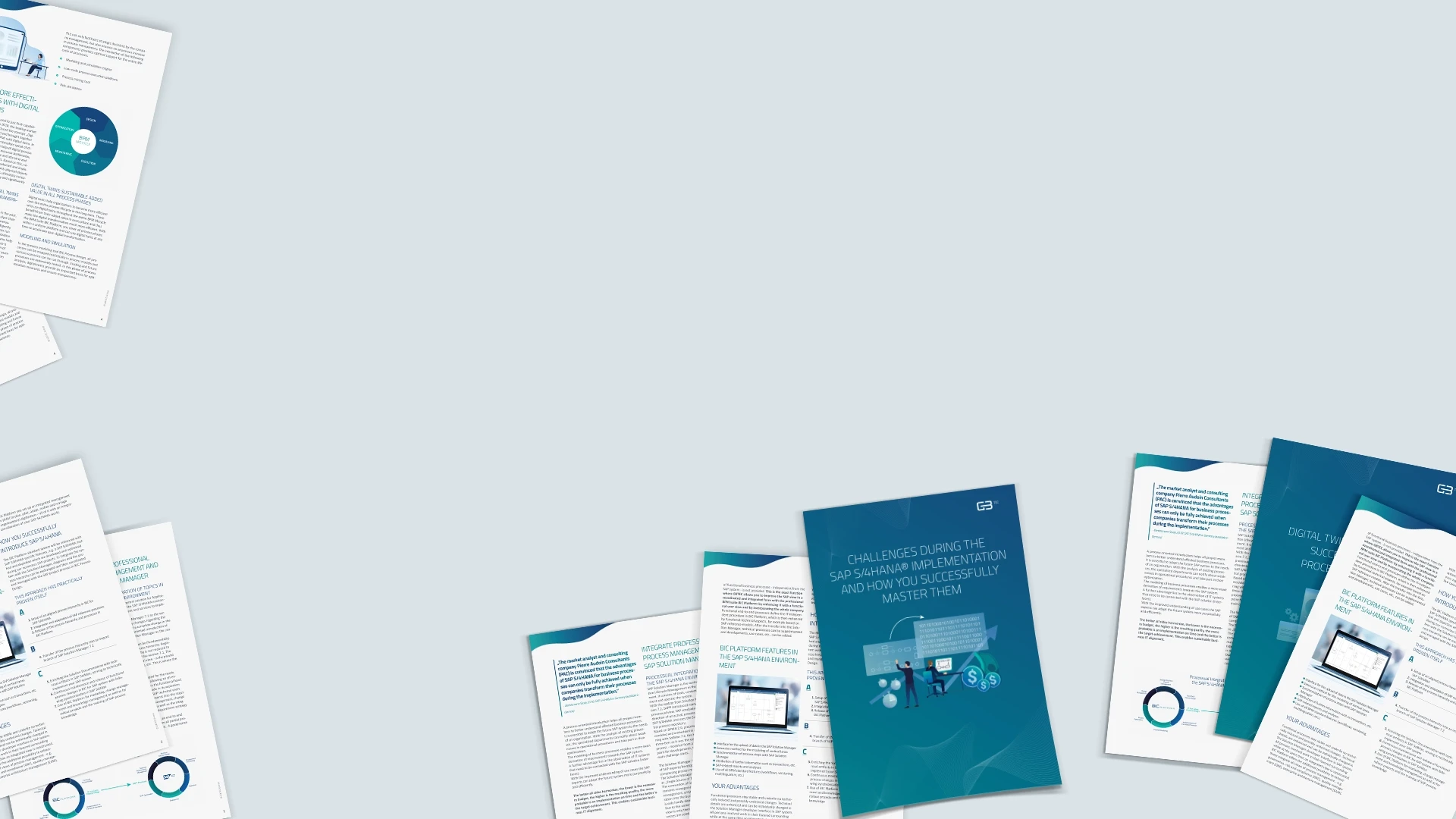BIC Process Design
Understand & Transform
Supercharge your business operations with the most intuitive AI-powered BPM software.
It seems that you come from a German speaking country. Here you can change the language
EnglishThe pharmaceutical industry is one of the most research-intensive sectors and at the same time an essential part of the national healthcare system. However, the intensity with which the industry is advancing in digitalization is comparatively low. But how can the potential of the digitalization be exploited more in the pharmaceutical industry? Which digital technologies are suitable for the pharmaceutical industry at all? And what special circumstances of the industry need to be considered?
Read our free whitepaper to learn about the challenges facing the pharmaceutical industry and the digital technologies that can help turn those challenges into opportunities - in more than homeopathic doses.

Excerpt
Request now to get access to the full version of the whitepaper.